With lots of competition online, hotels face a challenge to attract online bookings, and this is where an effective website and booking process really matters.
In this post, we’ll look at some best practices and examples from hotel websites. With around half of online hotel bookings being made through third party OTA sites, hotels face a challenge to attract more direct sales.
Online Hotel Stats
- The average conversion rate for hotels is 2.2%, according to a study by Fastbooking. Conversion rates vary between sites, with the top 20% of hotels averaging 5.6% compared with 0.3% for the bottom 20%.
- The average booking abandonment rate for hotels is 84.63%. This is lower than the overall travel average of 90.74%.
- 52% of OTA website visitors click through to the hotel website to find out more information.
Search and Hotel Selection
Hotel sites need to help people to choose hotels, finding suitable dates, locations and amenities that match their requirements.
Make a Strong First Impression
What hotel sites are aiming to achieve here may depend on whether it’s a large hotel chain, or a site for a smaller number of hotels.
Here, the use of imagery and copy can help to quickly convey the brand proposition to visitors.
Below, the gastropub and luxury angle is covered with the copy, while the imagery helps to target a certain audience by showing it’s a ‘dog-friendly’ hotel.
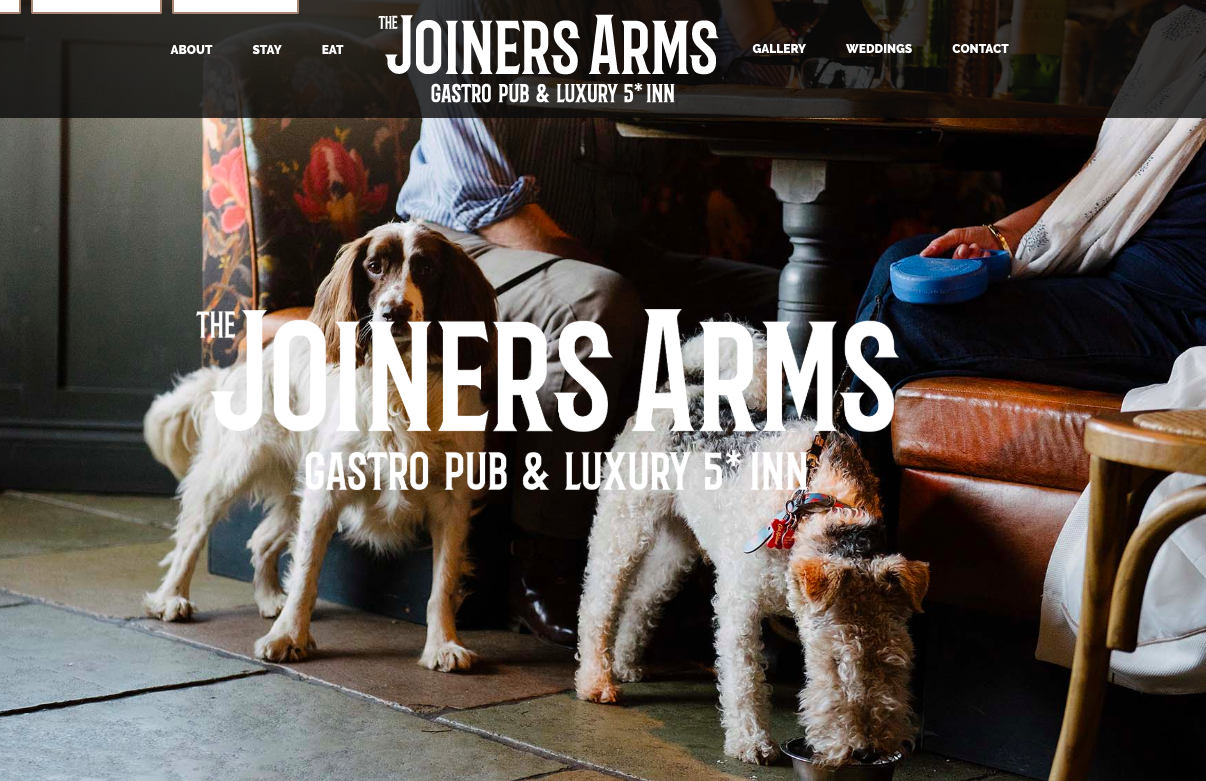

Others, like Travelodge, are all about keeping it simple, and underlining the brand’s budget proposition.
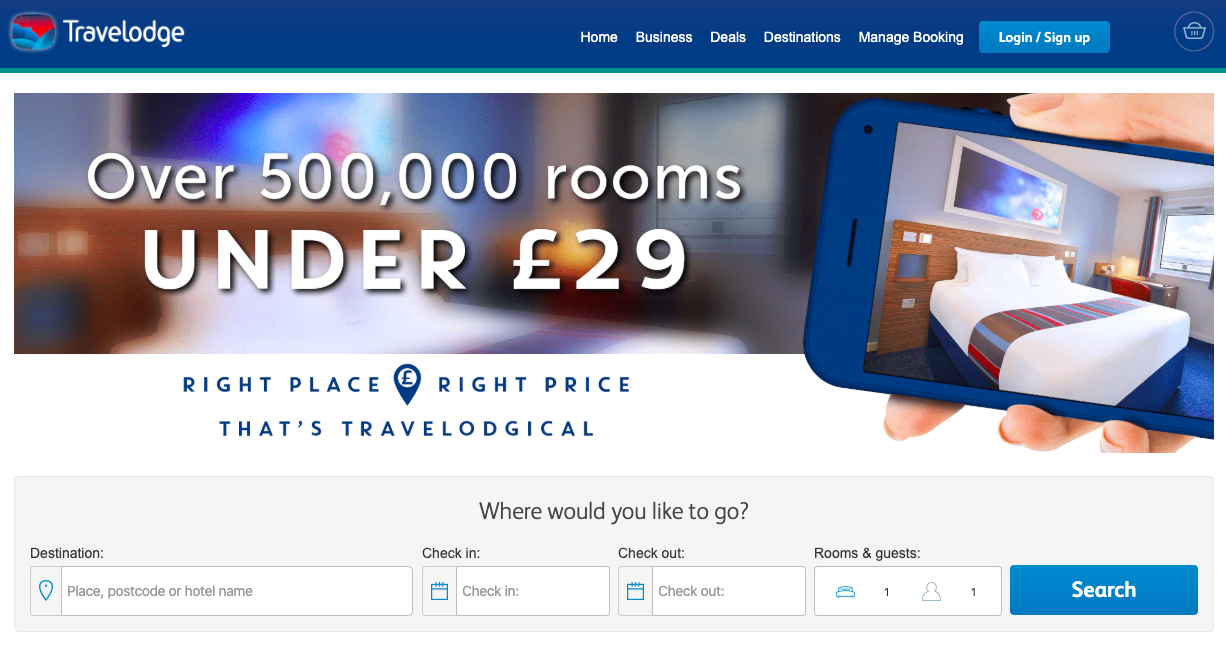

Make Hotel Search Easy
The online booking process begins with site search, so it’s vital that this works well and can deliver relevant results quickly.
For OTAs and hotel chains, a simple search option front and centre on the homepage is a good way to get users straight into the search process. Make it easy to find and use and more people will begin their search.
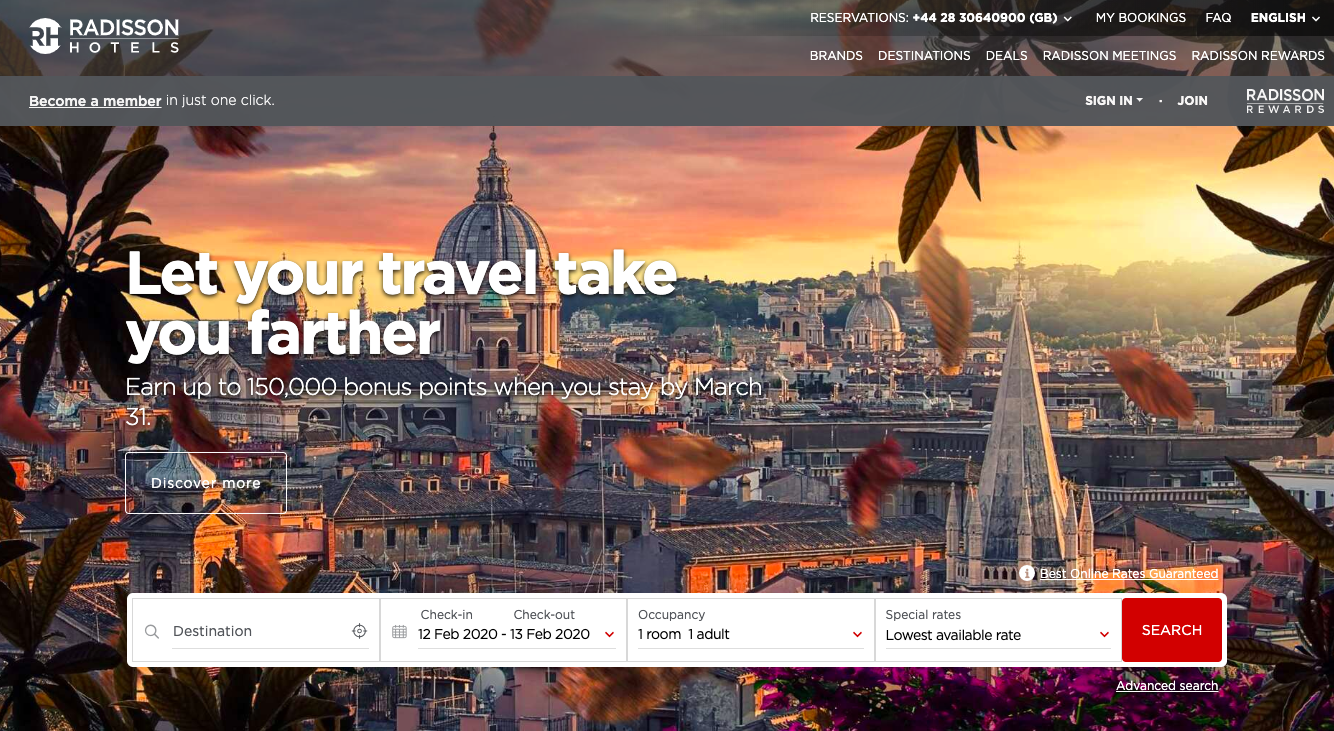

Present Search Results Clearly
Good presentation helps users to make sense of results and evaluate their options more quickly.
When there are multiple choices it pays to present key information clearly which helps users to decide.
Price and imagery helps here, as well as key details such as distance from city centre and average review scores.
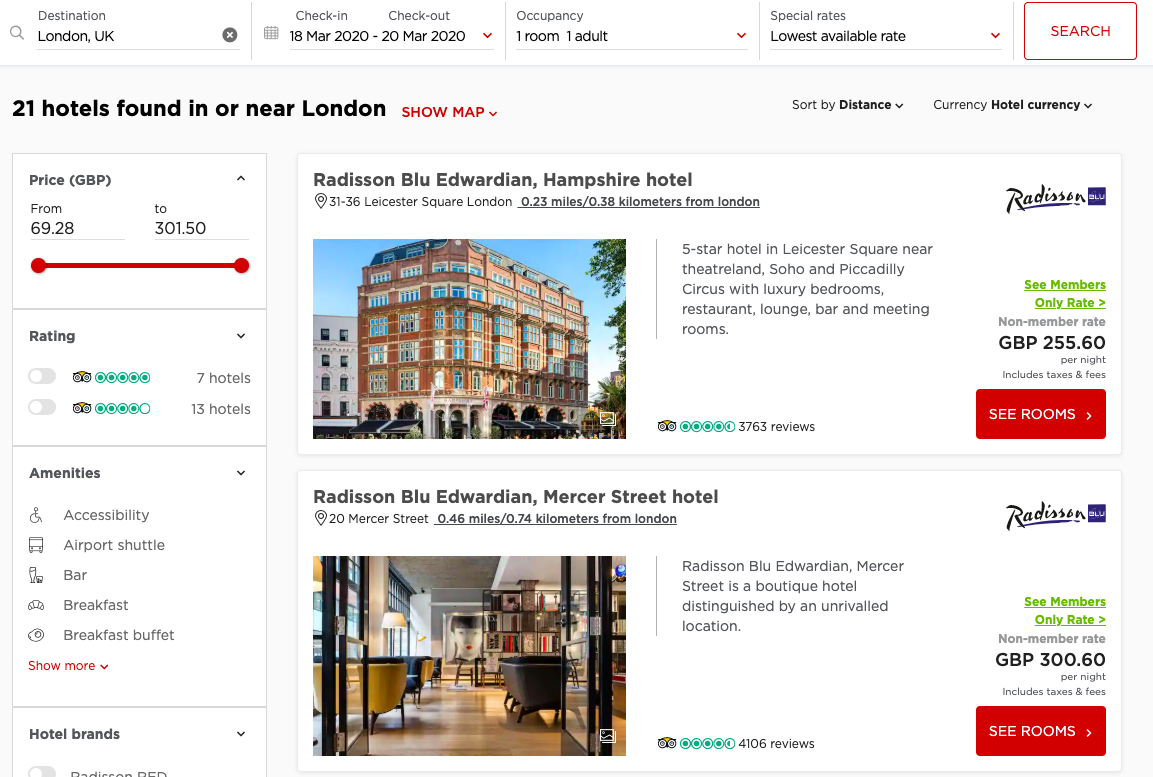

Booking.com presents similar information, but adds extra details which can help to convert users.
For example, showing product trends data such as the number of rooms left, as well as key selling points such as free cancellation can encourage people to make a faster decision.
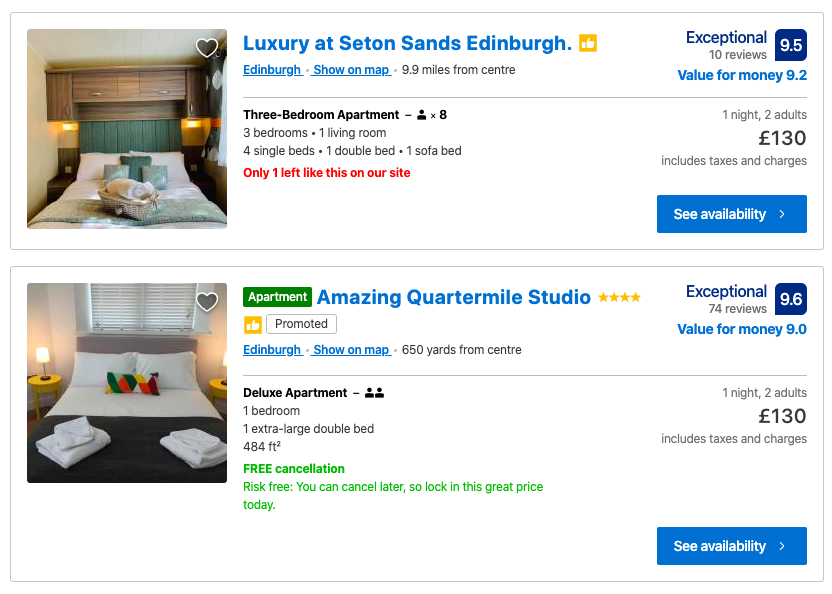

Allow for Filtering of Results
Too much choice isn’t always a good thing for web users, so they need a way to refine and narrow down the results they see.
By allowing people to filter by key elements such as price, review ratings, and amenities, they can narrow their options to those that match their requirements.
Use Maps to Show Locations
Maps are very useful for users. For hotel chains they can show the availability of their hotels near places of interest or key transport links, making it much easier for customers to see if a hotel is in a suitable location and matches their needs.
For many hotels, it makes sense to use Google Maps to show location for potential customers, and also directions for people arriving to check in.
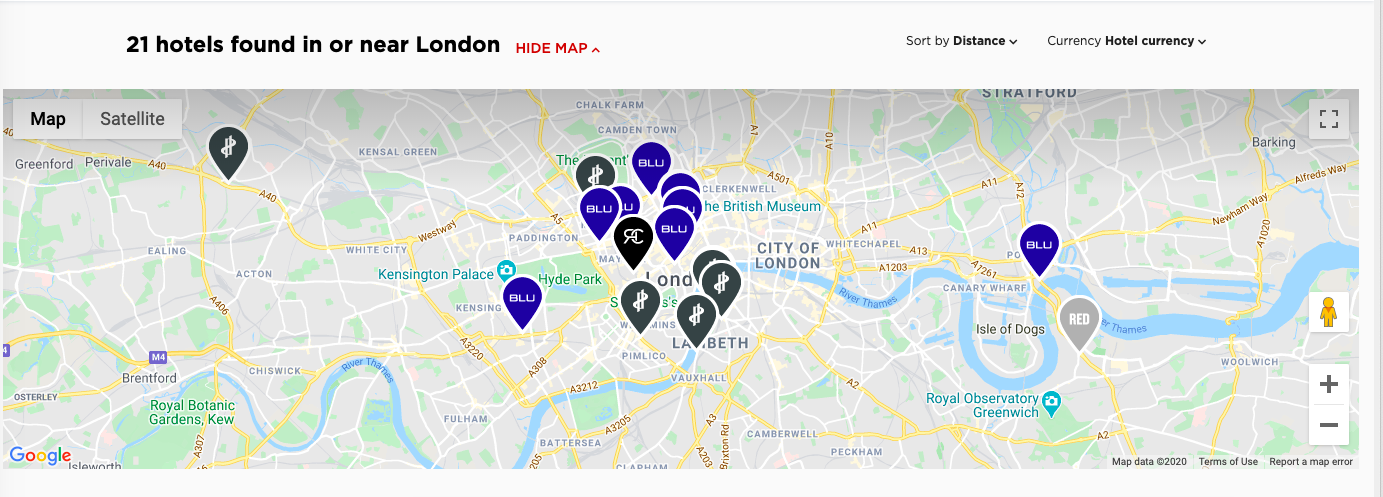

Use Images to Inform and Inspire
Good use of image can inspire users by showing, for example, key luxury features of hotels, from breathtaking views to the decor in a hotel room.
They also have a practical purpose, in providing key information. People want to see what hotel rooms look like, get a feel for the size of the room, bathroom facilities and so on.


Images can also be use to sell the hotel and location. If your hotel has amazing views of Vesuvius and the Bay of Naples, then show it off.
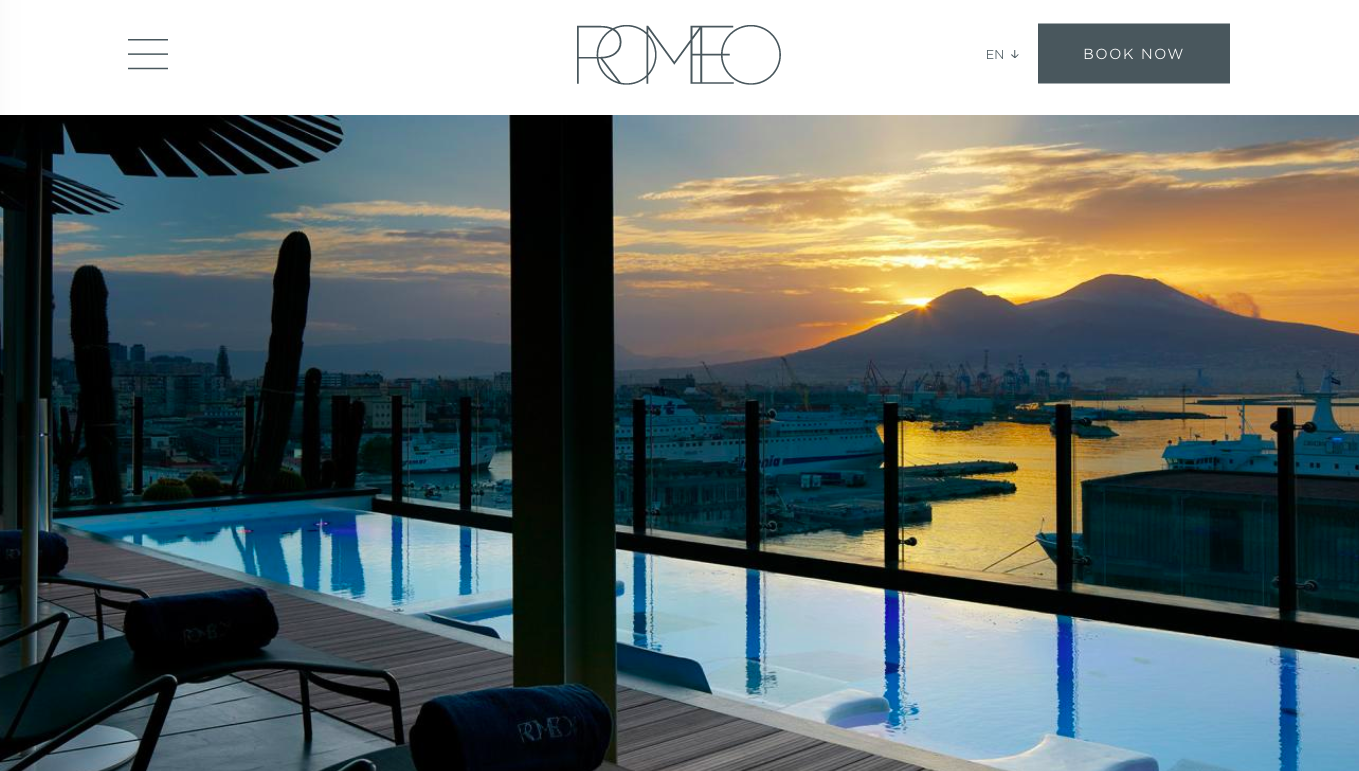

Add Content About the Destination
Hotels can provide people with more reasons to book by talking about the location, and things visitors can see and do while they’re there.
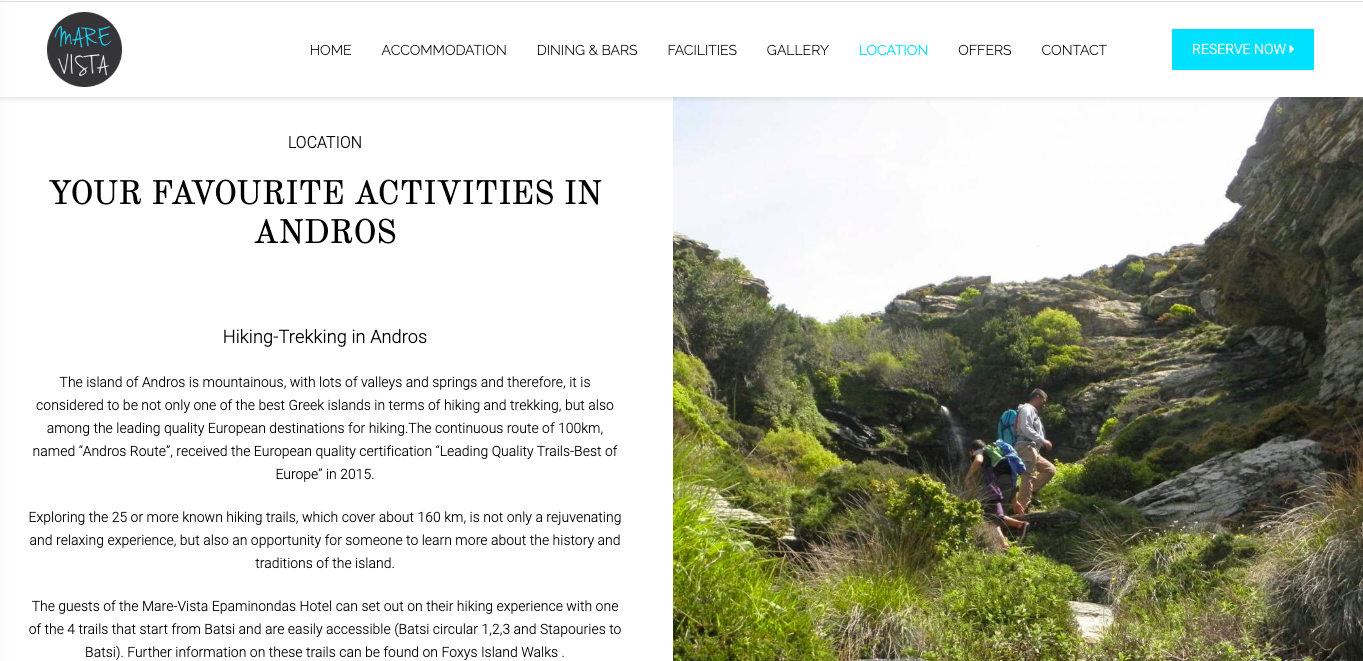

Show User Reviews
Reviews are a key part of the travel research process, as users want to find the best value for money, and the reassurance of other users’ opinions.
Indeed, TripAdvisor claims to reach more than 60% of global web users who book travel online. Since people are likely to consult TripAdvisor or some other review source, it makes sense to display these reviews.
This means people can find the data they want while they’re on site thinking about a booking, instead of heading elsewhere to look for them.
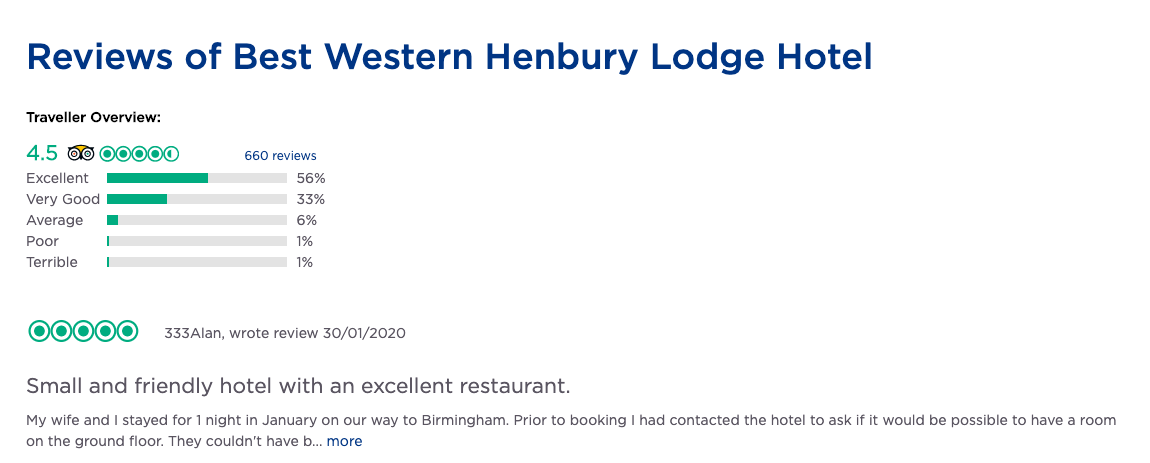

Use Social Proof
In addition to user reviews, other forms of social proof help users to decide on a booking.
They reassure them that other people have stayed at a hotel and enjoyed it. For example, Cervo in Switzerland shows Instagram photos from users, which adds extra authenticity.
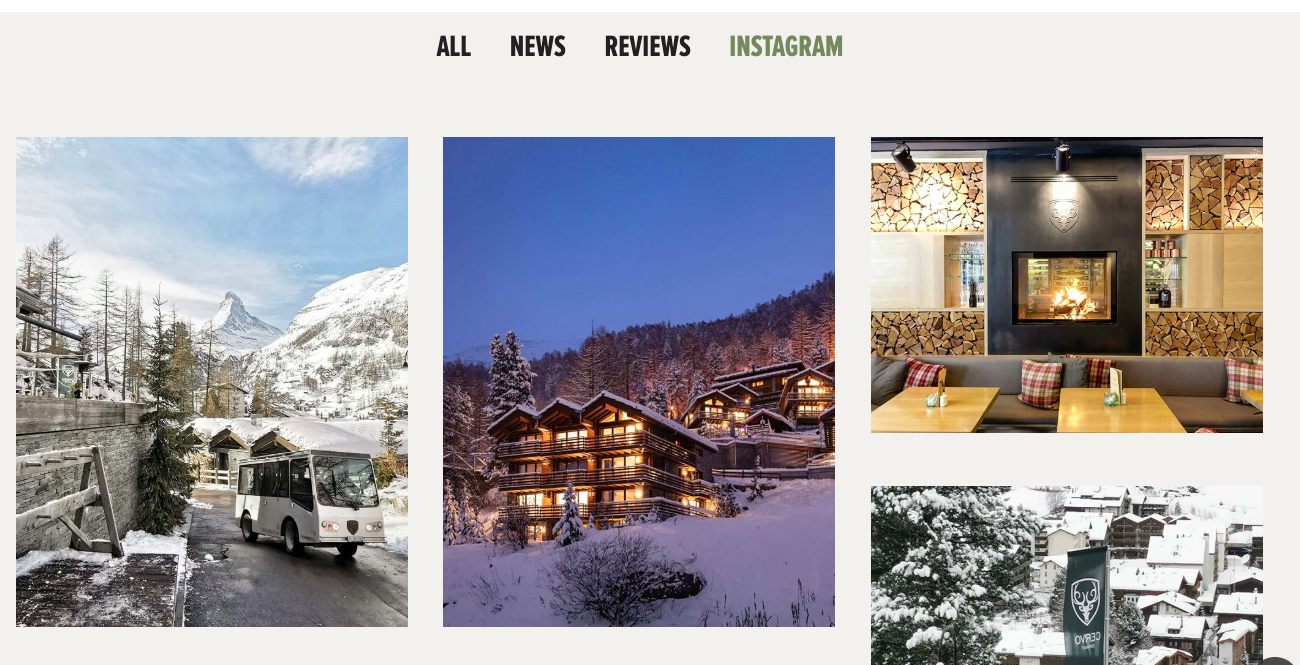

Encourage Direct Bookings
Hotel websites do face a challenge from OTAs, so it can pay to give them reasons to book directly.
Here, the Megaro hotel in London outlines some key reasons to book direct, such as cheaper fares and free internet.
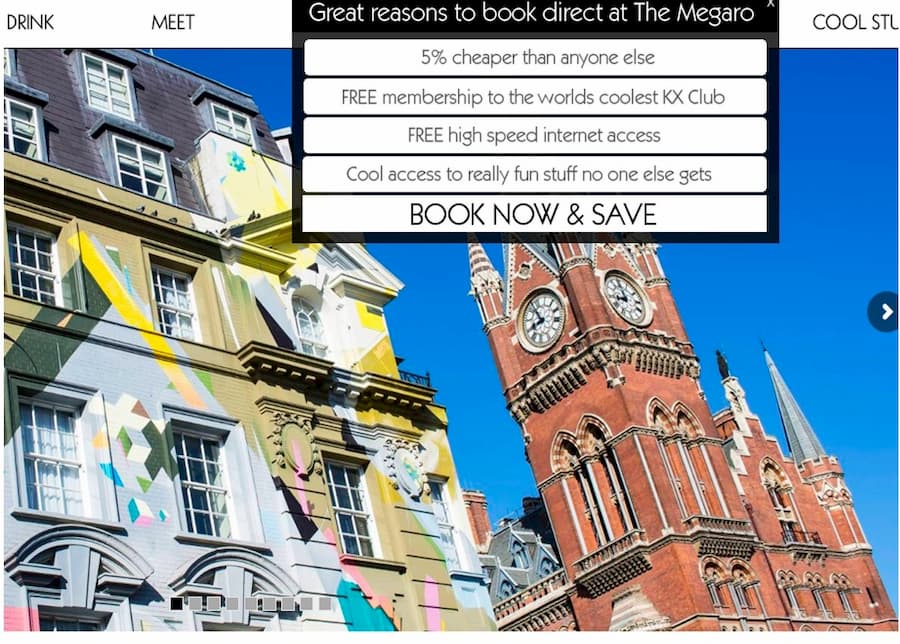

Best Western shows a price check option on its pages, showing potential bookers that they won’t find a better deal elsewhere.
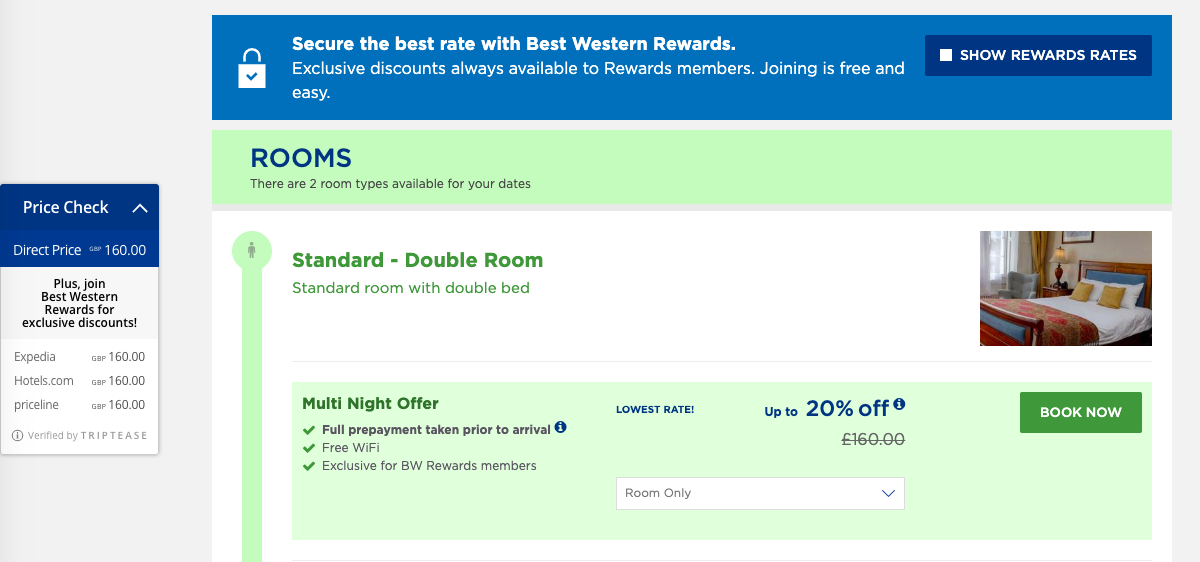

Booking and Payment
Once people have decided to book a stay, it’s all about making the process as easy as possible to avoid deterring users.
Hotel websites tend to have lower abandonment rates than other travel sites, and this is partly because payment is not always necessary when booking, which removes some of the work from the process.
Make Booking Easy for Mobile Users
Mobile is increasingly important for hotel bookings, with, stats showing that up to 80% of last-minute bookings are now made on mobile devices.
Stats from our 2019 Ecommerce Review infographic show that, though travel sites attract a lot of mobile traffic, they face a challenge to convert these users.
53% of traffic to travel sites comes from mobiles but just 29% of sales, which suggests that many visitors have trouble booking on mobile, or simply prefer desktop.


Every aspect of the search booking process should be made easier for mobile visitors to use.
Little details and shortcuts matter, such as defaulting to the most appropriate touch keyboard for each form field, and ensuring that form fields are the right size for touchscreen users.
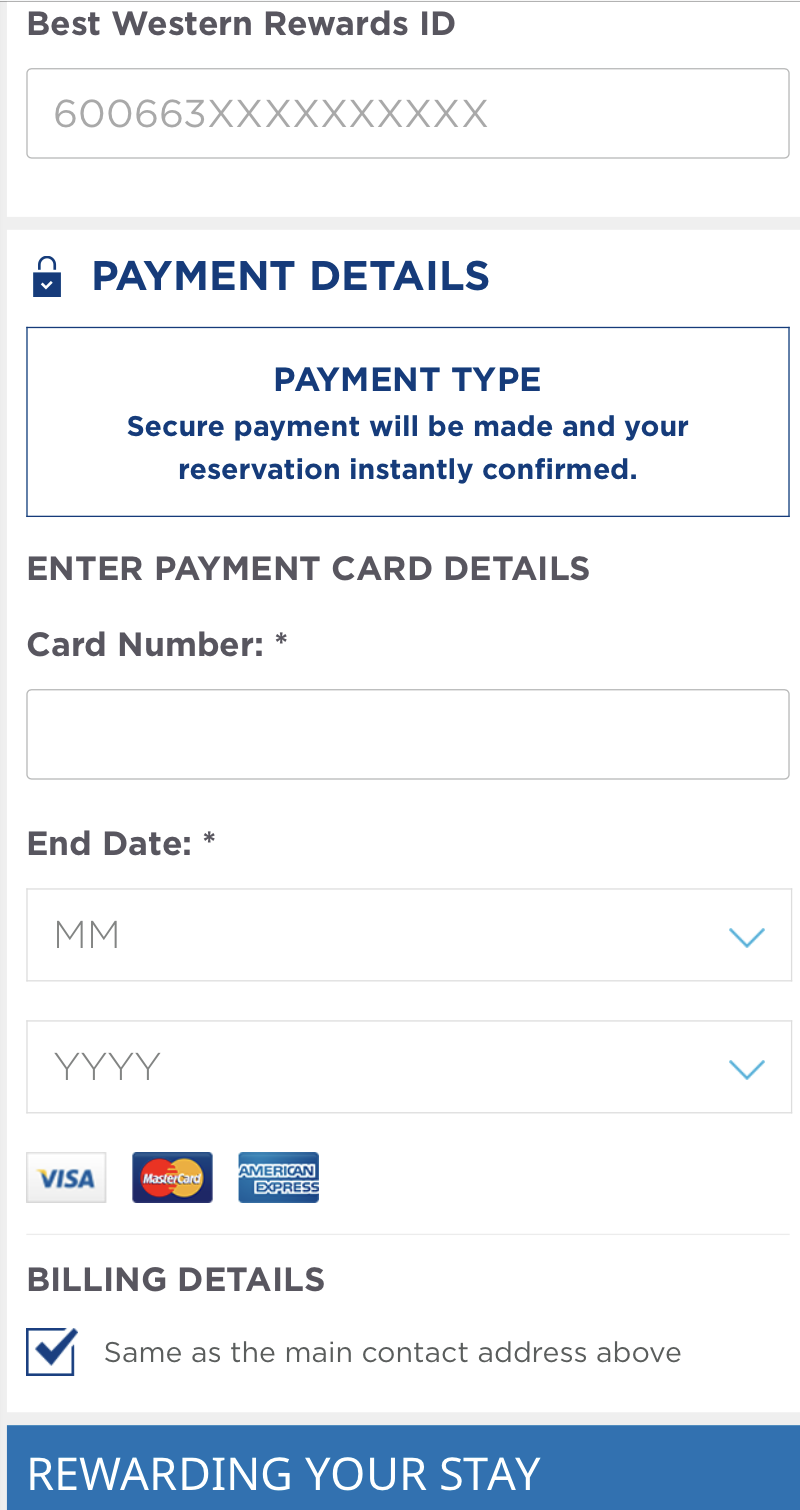

Provide a Choice of Payment Options
Where advance payment is necessary to book hotels, then it helps to provide a range of payment choices to suit as many bookers as possible.


Our booking abandonment survey found that 7% of people had abandoned a travel purchase because their preferred payment option wasn’t available.
It can pay to offer more than just credit or debit card payments, and offer alternatives like PayPal. In addition, many options like Visa Checkout and Apple Pay are well suited for mobile.
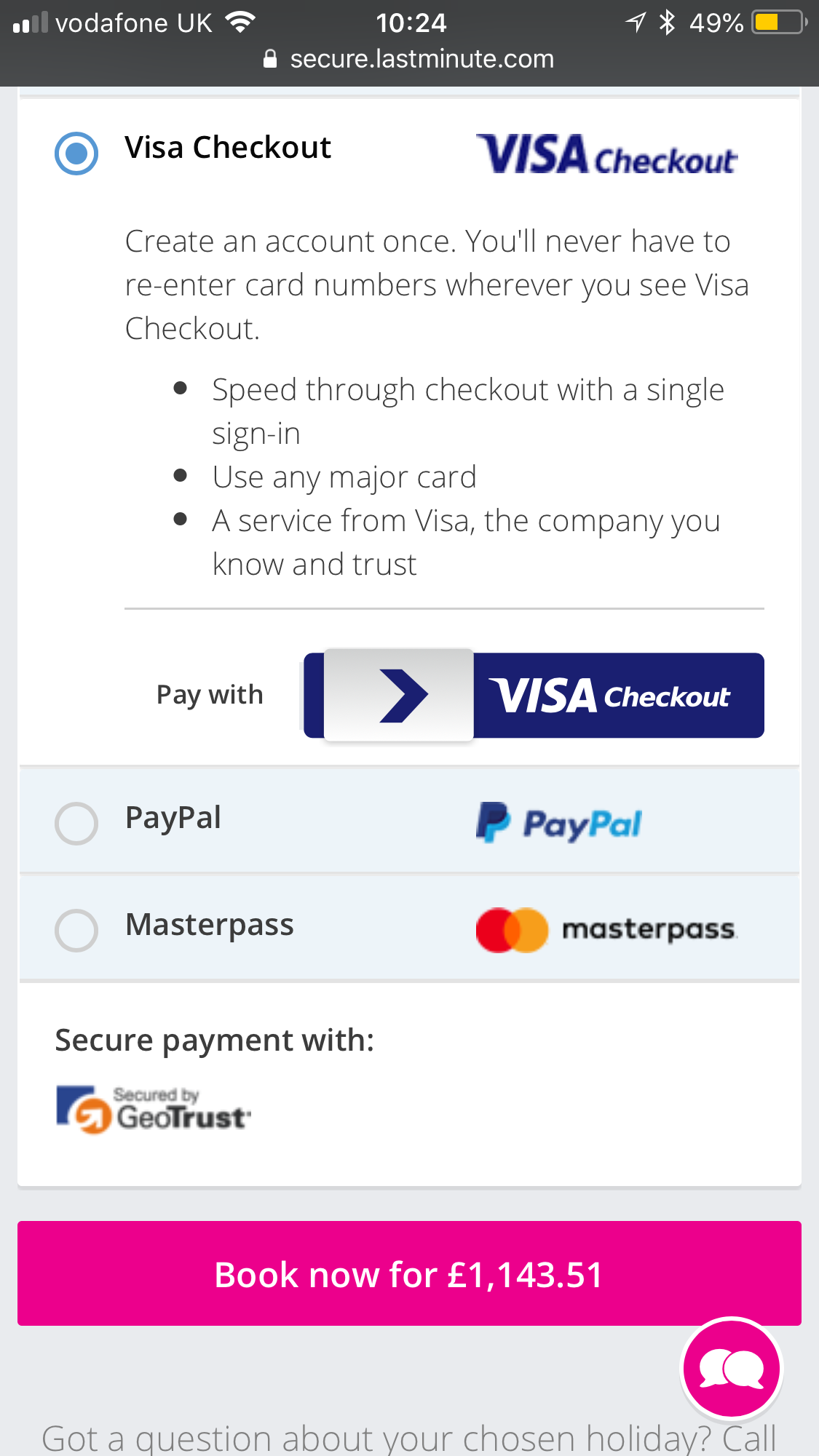

Deal With Booking Abandonment
Many of the steps outlined above, from useful content and reviews, to an easy booking process, will help to reduce abandonment rates.
However, the reality of travel research is that users will take time to decide, switching between sites and abandoning bookings along the way.
Sites can adapt to this user behaviour, for by offering booking reminders for example, which save their details for when they’re ready to book.
This keeps your site in mind and gives them time to check options or consult other travellers.
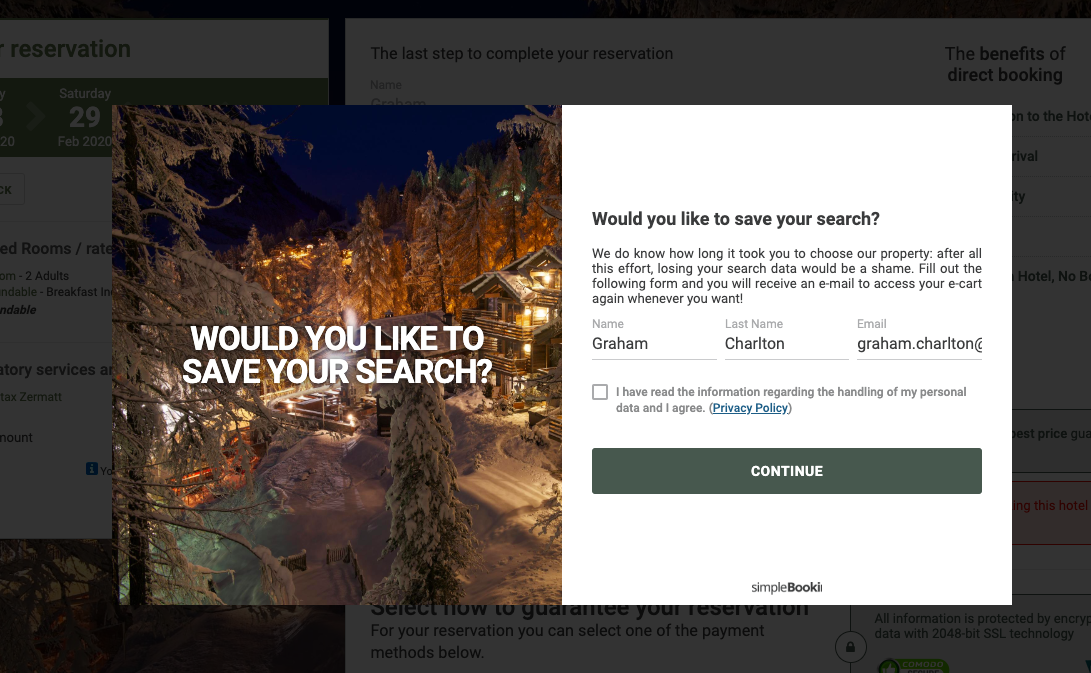

If they do leave the site, then booking abandonment emails or SMS messages can remind them of their travel details and persuade them to return and complete a booking.
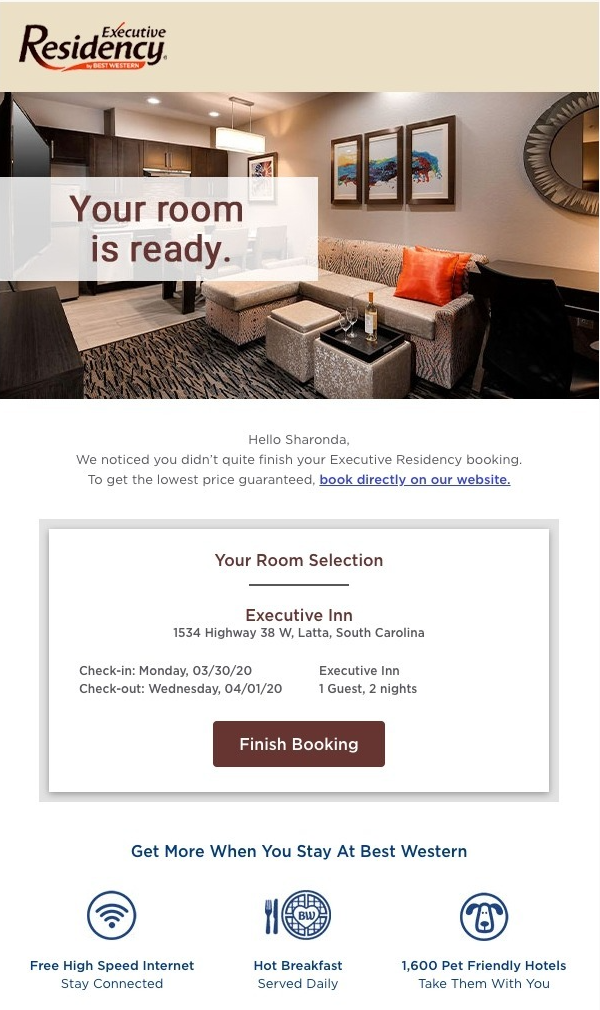

Speak to an expert
Learn how to convert your online audience into revenue with our experts.
Graham Charlton
Graham Charlton is Editor in Chief at SaleCycle. He's been covering ecommerce and digital marketing for more than a decade, having previously written reports and articles for Econsultancy. ClickZ, Search Engine Watch and more.




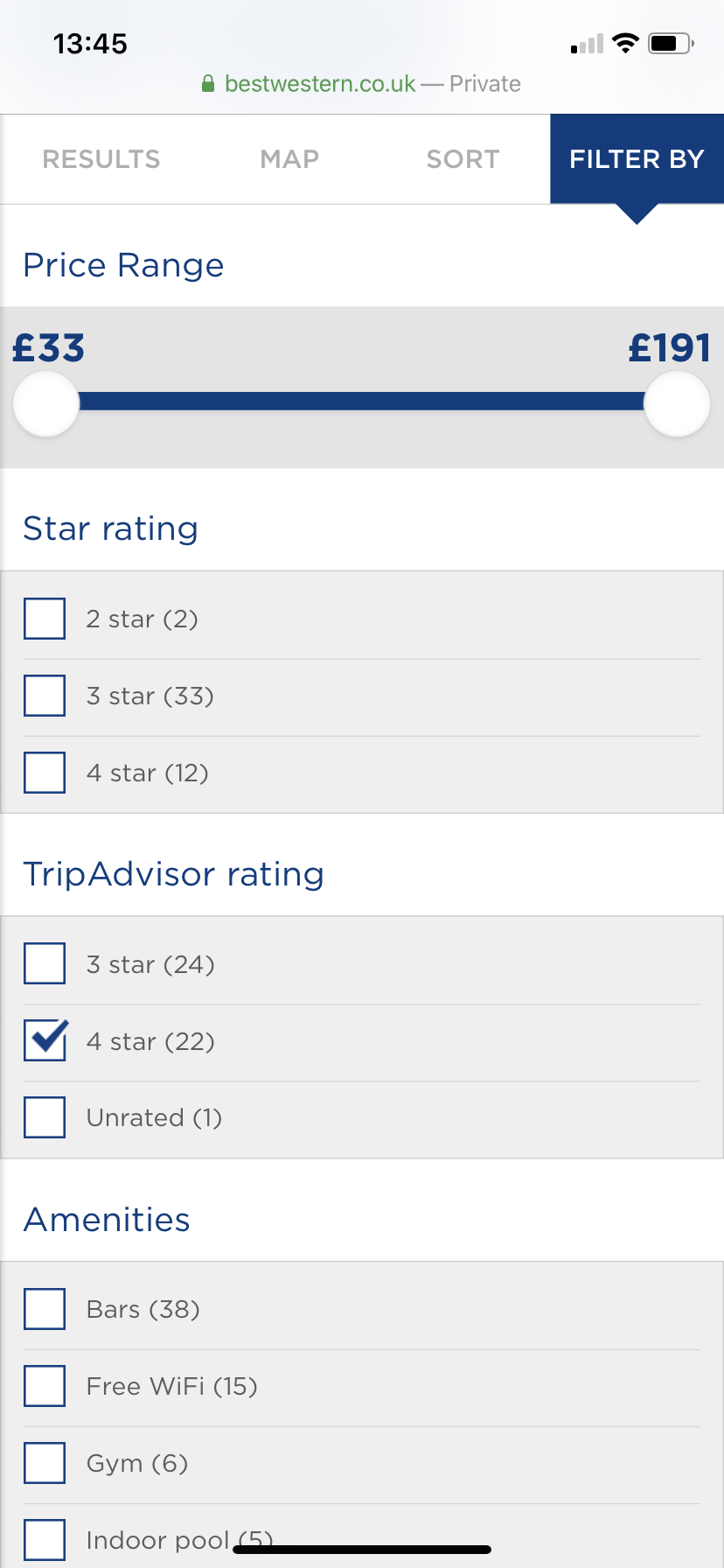



![Valentine’s Day Ecommerce Tips and Trends [2024 Strategy]](https://www.salecycle.com/wp-content/uploads/2019/01/valentines-ecommerce-1.png)



![How SaleCycle helped Vodafone increase their online sales by an additional 2,000 additional sales per month [Extended Version]](https://www.salecycle.com/wp-content/uploads/2023/08/vodafone-banner.webp)






